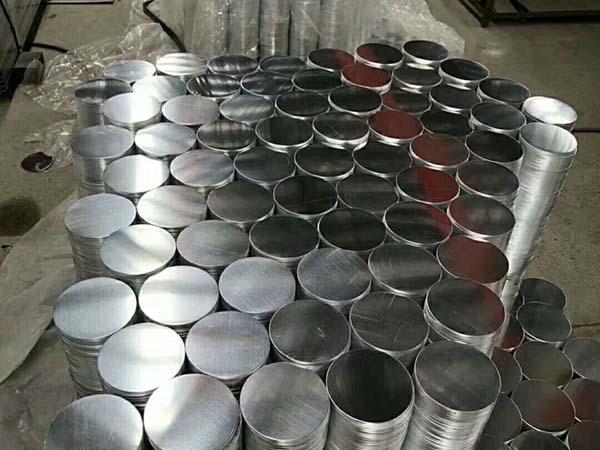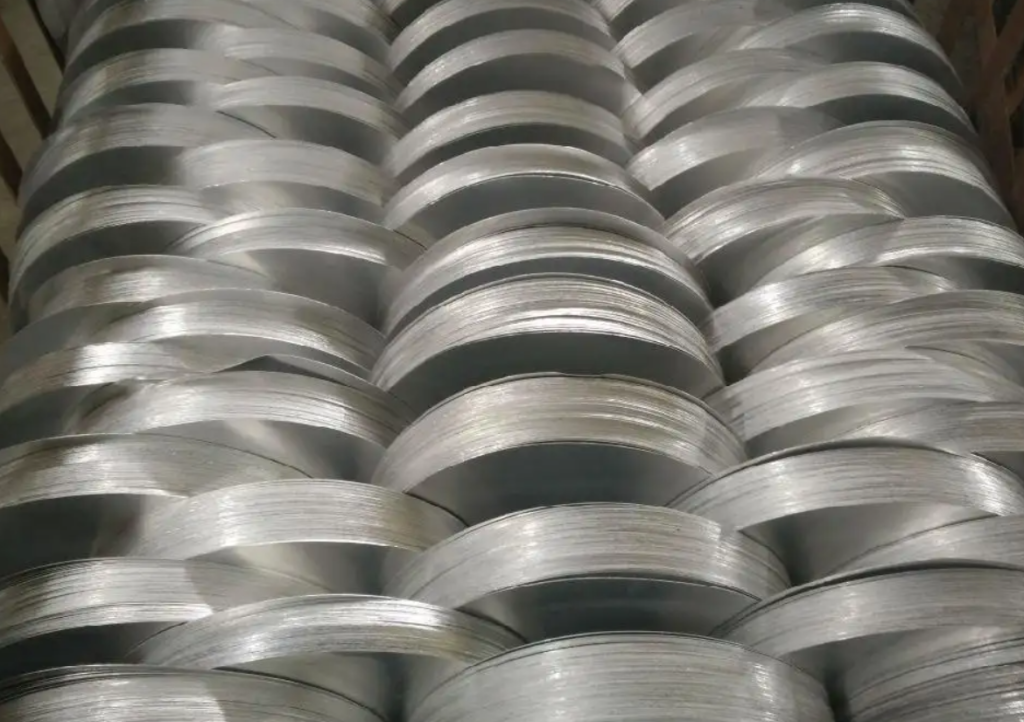Aluminum discs, known for their lightweight, durability, and excellent conductivity, find widespread use across various industries and daily life. When it comes to stacking these aluminum discs, ensuring stability, ease of transport, and storage is essential. This article explores several common stacking methods along with their respective advantages and disadvantages.
Flat Stacking Method
Flat stacking is one of the most common methods, where aluminum discs are stacked one by one in a flat manner. The steps involved are as follows:
Preparation: Ensure the surfaces of all aluminum discs are clean without any stains or debris.
Aligning Edges: Align the edges of the aluminum discs to maintain neatness and aesthetics.
Even Force Distribution: Apply even pressure while stacking each disc to avoid localized stress and deformation.
Pros: Easy to access and count; Stable stacking, minimizing the risk of slipping.
Cons: Close stacking may lead to scratches due to friction; Requires significant space.

Intercalated Stacking Method
Intercalated stacking, akin to bricklaying, involves staggering the edges of discs in each layer, enhancing stability. The steps are outlined below:
Flat Placement of First Layer: Start by placing the first layer of discs flat.
Staggered Placement of Subsequent Layers: Place the second layer of discs in the gaps of the first layer, staggering their edges.
Repeat: Continue intercalated stacking until the desired height is achieved.
Pros: Enhanced stability, less prone to tilting or slipping; Better ventilation, aiding in moisture prevention.
Cons: Calculating quantities may be challenging; Requires skill due to the complexity of stacking.

Center of Gravity Symmetry Stacking Method
Center of gravity symmetry stacking is suitable for long-distance transportation, ensuring each layer’s center of gravity remains symmetrical to enhance overall stability. The procedure involves:
Center Alignment: Begin stacking each layer from the center, expanding outward.
Symmetrical Stacking: Place each disc symmetrically in relation to its counterpart on the layer below.
Layer-by-Layer: Maintain symmetry while stacking layer by layer.
Pros: High stability due to center of gravity symmetry; Suitable for tall stacks, minimizing floor space usage.
Cons: Complex stacking process, requiring more time and effort; Less convenient for small batch retrieval.
Separated Stacking Method
Separated stacking involves placing a layer of separators or films between each layer of aluminum discs to prevent direct contact. The steps include:
First Layer Placement: Lay the first layer of aluminum discs flat.
Placement of Separator: Position a layer of separators or films on top of the first layer.
Subsequent Layer Placement: Continue stacking aluminum discs on top of the separator layer.
Repeat: Add separators between each layer and continue stacking.
Pros: Prevents friction and scratches between aluminum discs; Easy separation and retrieval.
Cons: Requires additional separators or films, increasing costs; Occupies more space.
Conclusion
The choice of stacking method depends on specific requirements and application scenarios. For short-term storage and frequent retrieval, flat stacking may be suitable, while center of gravity symmetry stacking is preferable for long-distance transportation. If scratch prevention is a concern, separated stacking should be considered. Each stacking method offers unique advantages and is suitable for different situations. It’s essential to consider stability, space utilization, cost, and convenience when making a selection.


